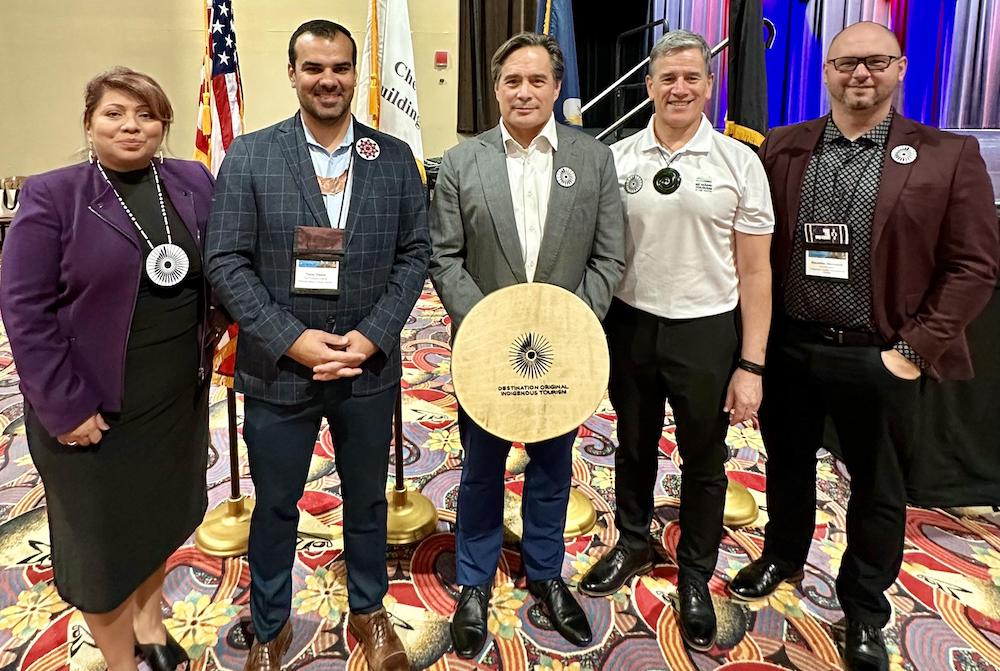
- Details
- By Chez Oxendine
- Tourism
Three of the world’s leading Indigenous tourism organizations have united to tackle a growing challenge: protecting authentic tourism experiences from cultural misrepresentation and non-Native operators cashing in on the booming market.
The new organization, Destination Original Indigenous Tourism (DO-IT), brings together the American Indian and Alaska Native Tourism Association (AIANTA), the Indigenous Tourism Association of Canada (ITAC), and New Zealand Māori Tourism. Their mission: ensuring international travelers experience authentic Indigenous culture while combating misrepresentation by non-Native tour operators.
“What we were seeing was that international visitors were confused - how they could access Indigenous tourism experiences and destinations, and how do they know it's actually Indigenous?” co-founding board member Sherry Rupert, CEO of AINTA, told Tribal Business News. “Because there are tour operators out there that advertise and promote Indigenous tourism, but they're not Indigenous owned. People don't know the difference between those two things.”
That confusion extends to stereotypical expectations of Indigenous experiences, according to Sebastien Desnoyers-Picard (Huron-Wendat First Nation), vice president of Indigenous Tourism Association of Canada and DO-IT’s new president and CEO.
“[International travelers] expect us to be dressed up, but our culture is way beyond that,” Desnoyers-Picard told Tribal Business News. “We have our culinary ways, adventure products, interactive shows, cultural medicines - all the way down to basket weaving. It’s all very diverse, but we’re always promoted as flashy and eye-catching, and it always has to be feathers.”
DO-IT plans to address these challenges in a variety of ways, including a potential “quality mark” to identify authentic Indigenous experiences, according to NZ Māori Tourism Chair and DO-IT co-founding board member Dale Stephens (Te Rarawa). The organization will also create a network for tourism providers to share best practices, discuss new technologies, and improve their offerings.
“We think that, by having direct contact, we'll be able to very quickly raise the standard and increase the market and enthusiasm for having these kinds of experiences,” Stephens told Tribal Business News. “As you're developing your sector and developing packages and opportunities, this network gives all of our participants the chance to engage between tourism seekers.”
Indigenous Tourism Association of Canada (ITAC) President and CEO Keith Henry, also a DO-IT co-founding board member, sees the new organization the “next step” in the growth of global Indigenous tourism.
“There's a need globally to have an Indigenous led marketing and development organization that can really help build a brand, and have a coordinated Indigenous approach to destinations nationally,” Henry said. “We've been talking about it and trying different initiatives, but this is by far the biggest step we need to take, I feel."
The organization is still in its early stages, with a December board meeting planned to lay out organizational priorities. Rupert estimates DO-IT will spend about a year planning before full operations commence. In the meantime, there's talk of bringing more countries and their Indigenous populations on-board.
“We’re just getting started - there’s going to be a little time before we can really take off,” Rupert said. “What we want to do is to bring along those many smaller countries and bring them along, and by doing that we're strengthening the global Indigenous tourism industry.”
